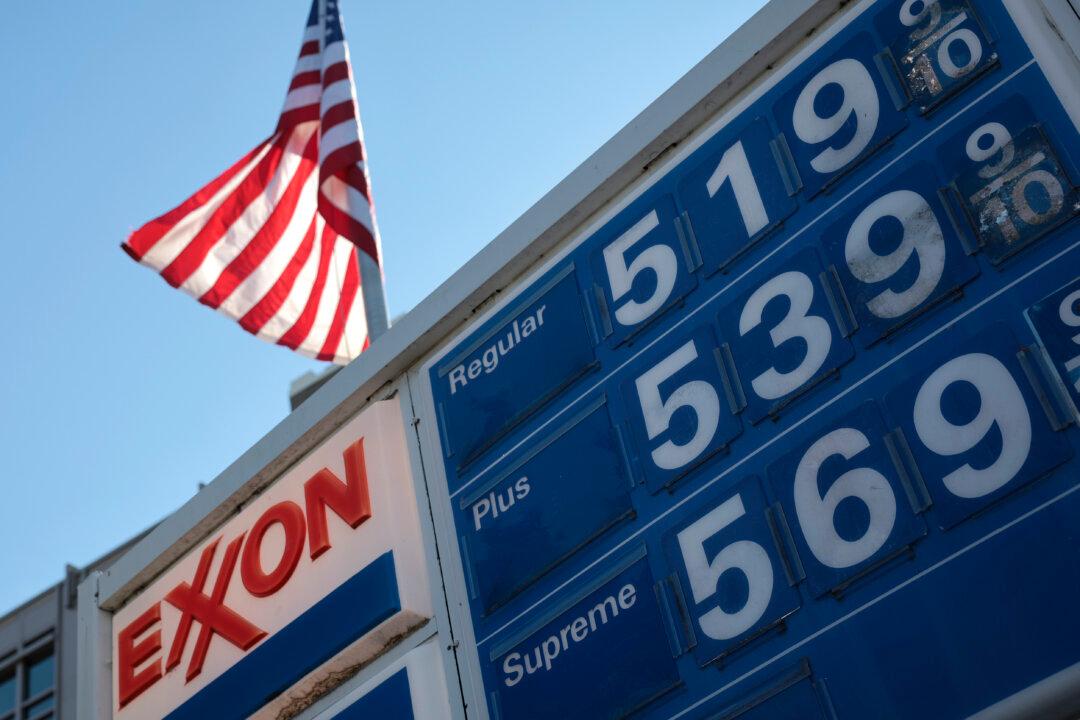Gasoline prices rose again across the United States, mainly due to the rising cost of crude oil, AAA announced on May 2.
The national average for a gallon of gas on May 2 was $4.19, a weekly increase of 7 cents per gallon from April 29 and a year-over-year increase of $1.29 per gallon, AAA reported.





